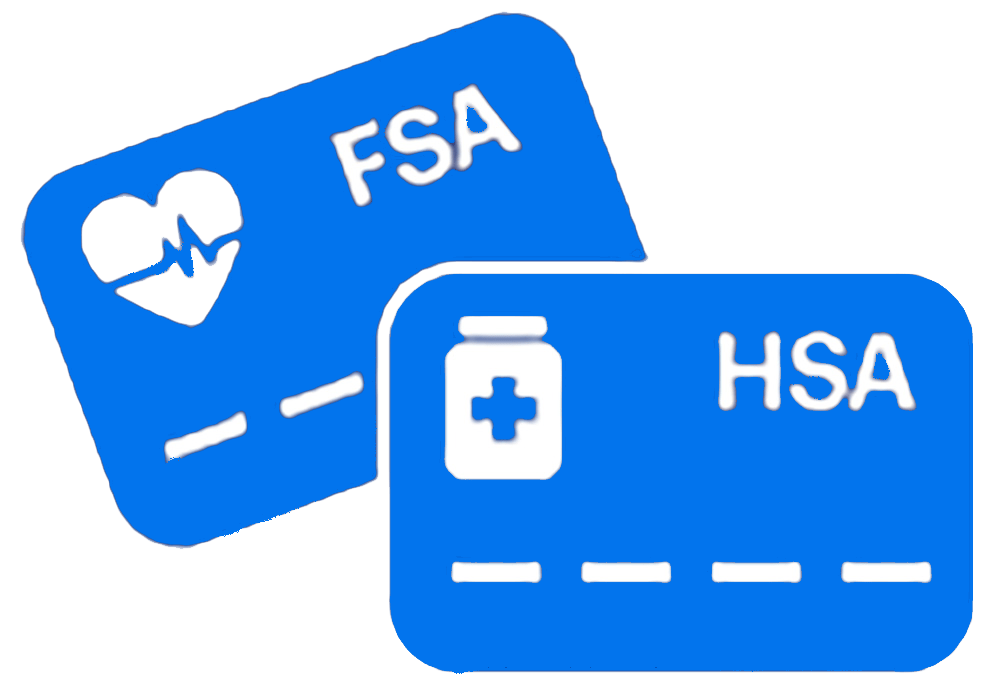Hormone therapy, also known as hormone replacement therapy (HRT), has long been used to alleviate menopausal symptoms and promote long-term health in women. However, recent large clinical trials have shed light on the potential risks associated with this treatment. In this comprehensive guide, we will explore the various aspects of hormone therapy, including its benefits, risks, and considerations for different individuals. Whether you are experiencing menopausal symptoms or considering hormone therapy for other reasons, this article will provide you with the information you need to make an informed decision.
Understanding Hormone Therapy
Hormone therapy is a form of medication that contains female hormones, typically estrogen, which is taken to replace the hormones that the body stops producing during menopause. It is most commonly used to treat menopausal symptoms such as hot flashes and vaginal discomfort. Additionally, hormone therapy has been shown to prevent bone loss and reduce the risk of fractures in postmenopausal women.
There are two main types of hormone therapy: systemic hormone therapy and low-dose vaginal products. Systemic hormone therapy involves the administration of estrogen in the form of a pill, skin patch, ring, gel, cream, or spray, which is absorbed throughout the body. This type of therapy is effective in treating common menopausal symptoms. On the other hand, low-dose vaginal products, such as creams, tablets, or rings, deliver a smaller amount of estrogen directly to the vaginal and urinary tract to alleviate symptoms in those areas.
It is important to note that if you still have your uterus, your doctor will likely recommend a combination of estrogen and progesterone or progestin (progesterone-like medication) to prevent the risk of endometrial cancer. However, if you have had a hysterectomy (removal of the uterus), progestin may not be necessary.
Weighing the Risks
While hormone therapy can provide relief from menopausal symptoms and offer protection against certain health conditions, it is not without risks. The specific risks associated with hormone therapy depend on factors such as the type of therapy, dosage, duration of treatment, and individual health risks.
The largest clinical trial on hormone replacement therapy, which involved an estrogen-progestin pill called Prempro, revealed an increased risk of certain serious conditions, including heart disease, stroke, blood clots, and breast cancer. However, subsequent studies have shown that the risks associated with hormone therapy vary depending on factors such as age, type of hormone therapy, and personal health history.
Age plays a significant role in determining the risks of hormone therapy. Women who begin hormone therapy at age 60 or older or more than 10 years after the onset of menopause are at greater risk of developing the aforementioned conditions. However, if hormone therapy is initiated before the age of 60 or within 10 years of menopause, the benefits may outweigh the risks.
The type of hormone therapy also affects the risk profile. The risks associated with estrogen therapy alone differ from those associated with combined estrogen-progestin therapy. Furthermore, the dose and type of estrogen used can influence the overall risk profile.
Individual health history, including factors such as family history, personal medical history, and risk of cancer, heart disease, stroke, blood clots, liver disease, and osteoporosis, should be taken into account when considering hormone replacement therapy. Your doctor will evaluate these factors to determine whether hormone therapy is appropriate for you.
It is essential to have a thorough discussion with your doctor to fully understand the risks and benefits of hormone therapy in your specific situation. This will enable you to make an informed decision based on your individual needs and health risks.
Who Can Benefit from Hormone Therapy?
Despite the potential risks, hormone therapy may offer significant benefits for certain individuals. If you are healthy and experiencing moderate to severe hot flashes, hormone therapy remains the most effective treatment for relieving these troublesome menopausal symptoms. Additionally, estrogen can alleviate vaginal symptoms of menopause, such as dryness, itching, burning, and discomfort during intercourse.
Another potential benefit of hormone therapy is its ability to prevent bone loss and reduce the risk of fractures. This is particularly relevant for women who are at risk of developing osteoporosis. While other medications, such as bisphosphonates, are typically prescribed for the treatment of osteoporosis, estrogen therapy may be considered if these medications are not suitable or effective.
Women who have experienced early menopause, have estrogen deficiency, or have had their ovaries surgically removed before the age of 45 may also benefit from hormone therapy. Estrogen therapy can help decrease the risk of various health conditions, including osteoporosis, heart disease, stroke, dementia, and mood changes.
It is important to note that hormone therapy should be tailored to each individual and regularly reevaluated to ensure that the benefits continue to outweigh the risks. Your doctor will consider your specific symptoms, health risks, and preferences when determining whether hormone therapy is suitable for you.
Reducing the Risk
If you and your doctor decide that hormone therapy is the right option for you, there are several strategies to minimize the associated risks:
- Find the best product and delivery method: Estrogen can be administered in various forms, including pills, patches, gels, creams, or vaginal preparations. Your doctor will help you determine the most appropriate option based on your symptoms and preferences. If you experience only vaginal symptoms, low-dose vaginal preparations may be a better choice than oral medications or skin patches.
- Use the lowest effective dose: It is advisable to use the lowest dose of hormone therapy that effectively manages your symptoms. This approach minimizes the duration of treatment and reduces potential risks. However, if you are under the age of 45 and require long-term protection against the health effects of estrogen deficiency, a higher dose might be necessary.
- Seek regular follow-up care: Regular check-ups with your doctor are crucial to ensure that the benefits of hormone therapy outweigh the risks. These visits also facilitate screenings such as mammograms and pelvic exams to monitor your health.
- Adopt a healthy lifestyle: Making healthy lifestyle choices can complement the benefits of hormone therapy and reduce the risk of certain health conditions. Engage in regular physical activity, maintain a balanced diet, manage your weight, avoid smoking, limit alcohol consumption, manage stress, and address any chronic health conditions.
By following these strategies and working closely with your healthcare provider, you can significantly reduce the potential risks associated with hormone therapy.
Alternatives to Hormone Therapy
If you are unable to undergo hormone therapy or prefer to explore non-hormonal options, there are alternatives available to manage menopausal symptoms. Lifestyle modifications can play a crucial role in alleviating symptoms such as hot flashes. Strategies such as dressing in layers, keeping your living environment cool, limiting the consumption of caffeinated beverages and alcohol, and practicing paced relaxed breathing or other relaxation techniques may help reduce the frequency and intensity of hot flashes.
Non-hormonal prescription medications are also available to relieve menopausal symptoms. These medications, such as selective serotonin reuptake inhibitors (SSRIs) or serotonin-norepinephrine reuptake inhibitors (SNRIs), can help manage hot flashes in women who cannot or choose not to take hormone therapy.
For vaginal concerns such as dryness or painful intercourse, over-the-counter vaginal moisturizers or lubricants may provide relief. Additionally, prescription medications like ospemifene (Osphena) can help with episodes of painful intercourse.
It is important to consult with your healthcare provider to determine the best alternative treatment options for your specific situation.
The Bottom Line
Hormone therapy is a treatment option that can effectively alleviate menopausal symptoms and reduce the risk of certain health conditions. However, it is not without risks. The decision to undergo hormone therapy should be based on an individual assessment of the potential benefits and risks, taking into account factors such as age, health history, and personal preferences.
By working closely with your healthcare provider, you can minimize the risks associated with hormone therapy and make informed decisions regarding your menopausal health. Regular follow-up care, healthy lifestyle choices, and consideration of alternative treatments are essential components of a comprehensive approach to managing menopausal symptoms.
Remember, the field of hormone therapy is continuously evolving, and recommendations may change as new research emerges. Stay informed and maintain an open line of communication with your healthcare provider to ensure that you receive the most up-to-date and personalized care. Call us at 205-352-9141.










